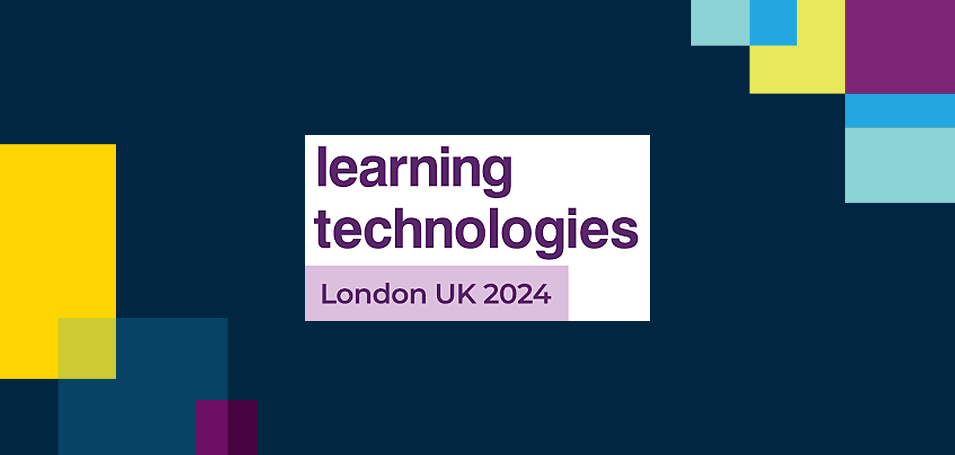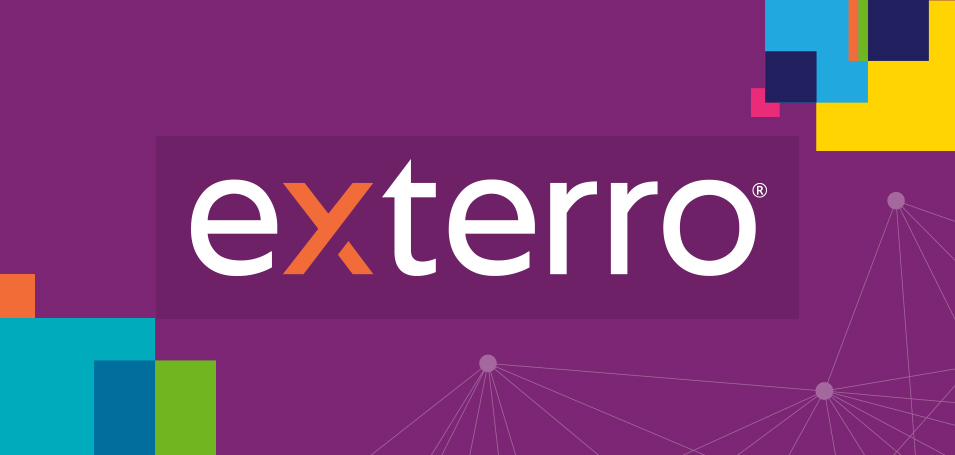Adopting or changing an LMS is one of the most important decisions that a professional training company will ever make. If your company’s growth is tied to scalability, and it most likely is, having the right LMS is essential. Growth will always be a challenge without it.
However, before your organization frees up the budget for a learning management system, management is going to want to see, and approve, a business case.
A business case is a document, anywhere from one page to hundreds of pages, that tells the story of a proposed significant change to an organization, why the change is desired, and its anticipated effect on the business. It describes and assesses the benefits, costs, risks, timeline, impact on the organization, and the potential return.
The business case is the tipping point – here’s what will tip it one way or the other
The purpose of the business case is to convince senior management (often the CEO or President, CFO, CIO, and potentially the Board) to green light the project and secure funding for the LMS. It should be researched, well thought-out, and written by you with the members of the search team (e.g., marketing, sales, IT, HR, etc.). Brevity is desirable – attention span is in short supply.
Realize that the focus of these senior executives is investment and return. You must focus on the dollars and cents. They do not care one whit about anything else.
Therefore, the take-away of the business case must be about increasing short and long-term revenue and growth — if you are engaged in internal training, you may be more focused on productivity and efficiency.
9 essential elements of a successful LMS business case
While there are many templates available from many sources, the following is our insights and tips into the essential elements of a successful business case:
1. Executive Summary (most will read this first but you should write this last)
This is a brief (short paragraphs, bullets) overview of everything that’s in the business case, from 50,000 feet. Think of it as the “Cliff’s Notes”. Someone could read this and understand all the basics. This section is enormously important. Everyone will read this first. This section must tell a compelling story, from a high level, quickly.
2. Cost / benefit analysis is the heart of the matter
Most financially based executives, e.g., CFO, VC, turn immediately to this page, and if they don’t see a clear and compelling picture, they won’t read anything more. As we said at the start, the audience for this business case, the senior executives who will say yes or no, are primarily concerned with investment and return. The cost / benefit analysis is truly the heart of the matter.
Keep it simple. You have to understand it completely, because you will be asked to defend it.
Lay out the costs – immediate (or one-time), and recurring. Then contrast that with any anticipated savings, and the potential return – immediate and recurring. How long will it take to amortize the immediate and one-time costs? Then, what is the volume and level of profitability, contrasted with “business as usual”? How does this set the stage for growth? How does adopting this LMS help your company achieve its strategic goals?
3. Illuminate the opportunity
This is the introduction to the business case. You are primarily addressing current the situation at hand.
What is the problem, issue or opportunity to be addressed, and why is it important to your organization? What is the desired outcome (in general), what advantages will your company (hopefully) realize? Can you quantify the benefits? What is the inherent risk?
For instance: The future of our company varies by our scalability. To realize our potential, we must switch to a more powerful, agile, easier to use LMS. This will enable new revenue streams, better integrations, increasing student engagement and satisfaction, implementing a “learning network” with increased use of e-learning and video, which will result in increasing our customer base and promoting more training sales.
If we do not migrate to the new LMS, competitors are likely to upgrade their technology and offerings, and learners will increasingly move towards eLearning and video (which are not robust with our current LMS). It is likely that these factors will erode top-line earnings.
4. Introduce the business case team
You, as the leader of the search team, are the driving force behind this business case. The executives on the search team were selecting because of their subject matter expertise or constituency. Being on the search team requires the executives to contribute to this business case.
You should present who is on the team and their responsibilities. It builds legitimacy. It will be assumed that they have signed-off on the content (and it must be so).
5. Why do we need to change or add an LMS / what features and benefits are we looking for?
What has been your process for analyzing the current state and what have you found?
- The old LMS is inadequate
- The new benefits are required
- There is enough market opportunity to support expansion efforts
What was your search criteria for a new LMS? What vendors made your short list, and why? What were the important take-aways?
What is the urgency of making this decision? What happens if the company does nothing? Is there an acceptable middle ground?
6. The LMS recommendation must be compelling and quantifiable
This is where you introduce your recommendation and provide a detailed and compelling rationale.
What are the reasons behind your recommendation? Why is this LMS the right one? What are the specific benefits?
What is the cost, in detail, within a competitive framework?
7. How will this purchase affect the organization and what steps must be taken?
Your organization is used to the current LMS. How will responsibilities, workflows change? Will there be efficiencies realized? Will it be necessary to hire, or reduce staff?
8. Technology migration issues
How does this decision affect the technological infrastructure of your company? How does this solution tie into legacy technology, such as your general ledger?
9. Two implementation timelines are needed
Present a project management timeline with important milestones, resources required and completion dates. Logical divisions may be:
- Installation
- Training
- Operation
Provide an overview for management as well as a detailed version for actual implementation.
Preparation for the presentation, preparation to get the green light
The good news is that as the leader / writer / compiler / editor you’ll be able to see the strengths and weaknesses of either adopting or switching to a new LMS. Here are a few of the questions you should ask yourself:
- What is the single biggest reason your company should do this?
- Will this investment yield sufficient return?
- Is this aligned with your organization’s strategic plans?
If the answers don’t pass your sniff test, stop, go back and repair what’s wrong. Do not present.
If the answers are solid and fill you with hope, move forward. We suggest setting a date for your presentation to the executive team. Once that is secured, distribute the report before the meeting, leaving enough time for all to have read it.
Careful thinking will allow you to prepare your presentation by anticipating questions and objections. It would be a good idea to have your search team in attendance to provide detail as required.
And don’t forget, success will only come from a strong focus on the financial side of things. The financial side of external training is growth and revenue.


